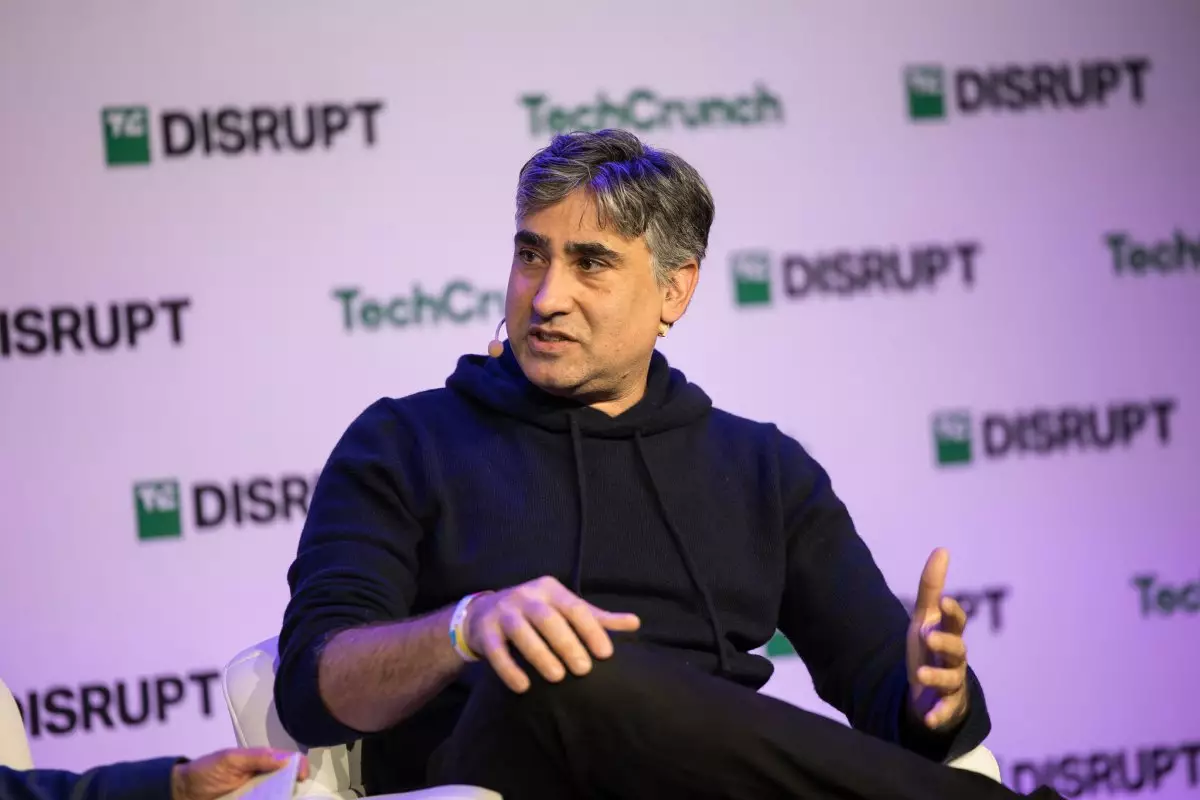As the technology landscape evolves at an unprecedented pace, the discourse surrounding artificial intelligence (AI) regulation is intensifying. At the forefront of this conversation is Martin Casado, a prominent venture capitalist with Andreessen Horowitz (a16z), who recently expressed critical insights during the TechCrunch Disrupt 2024 conference. His perspective serves as a rallying point for a more nuanced understanding of AI and the risks it poses, advocating for a regulatory framework that is not tethered to speculative future scenarios but grounded in present realities.
One of Casado’s primary arguments is that many regulatory efforts are predicated on a hypothetical and often fantastical vision of AI as a looming threat. He emphasizes that lawmakers appear to be constructing regulations without a comprehensive grasp of current AI capabilities and risks. This disconnect, he argues, results in policies that could stifle innovation in the tech sector rather than effectively mitigate genuine concerns.
For instance, the recent California legislation known as SB 1047 aimed to introduce a “kill switch” for large AI models, a move that was criticized for its vague language and potential to hinder the vibrant AI development community within the state. Casado pointed out that such regulations stem from a narrative driven more by fear than by an accurate understanding of AI functions and implications. The framing of AI as a monster waiting to unleash chaos is not just misleading; it is detrimental to the nuanced regulation the technology needs.
The decision by California Governor Gavin Newsom to veto SB 1047 was celebrated by many in Silicon Valley, including Casado, who interpreted it as a sign of a rational approach to governance. The veto underscores a significant point: sound policymaking should arise from a foundation of understanding rather than panic-driven attempts to address fears. Moreover, Casado warned that if legislators continue to respond to public anxieties regarding AI without grounding their efforts in reality, we may see the proliferation of ill-conceived regulations that impede technological advancement.
Additionally, the criticism Casado offers extends beyond this single piece of legislation. He voices concern that as fears about AI grow, legislators might be tempted to conjure further regulations that parallel the same flawed logic. These regulations could fail to address the actual landscape of AI technologies and instead reflect a mistaken belief that restrictions based on sci-fi fears can safeguard society.
An unsettling reality, as articulated by Casado, is that many proposals for AI regulations lack input from those with deep expertise in the field. Drawing from his own experience—having co-founded companies and worked as a security expert—he notes that the voices in regulatory conversations often do not include the very experts who understand the intricacies of AI technology. This absence leads to a gap where proposed regulations can overlook pressing issues, focusing instead on abstract fears.
Casado further asserts that we must define AI distinctly and contextualize its risks within the current technology landscape. The need to differentiate AI from familiar technologies such as internet searches is crucial for any risk assessments and subsequent regulatory measures. The question becomes not just about AI as a catch-all term but rather how it varies from other technologies in operation and potential consequences.
Critics of Casado’s stance raise valid fears rooted in the historical context of technological regulation. Many cited examples demonstrate how the Internet and social media posed unforeseen challenges, from data privacy issues to emotional harm caused by cyberbullying. These past failures highlight the urgency of proactive regulation. However, Casado counters this viewpoint by reminding us of the robust regulatory frameworks that already exist. He argues that rather than imposing new tactics based on flaws from past technologies, we should leverage and adapt existing regulations to cater to the emerging complexities surrounding AI.
The regulatory frameworks developed over many years—including scrutiny from entities like the Federal Communications Commission—are equipped to scrutinize and guide innovation in AI. Thus, a strategy that addresses the specificities of new technology while adhering to established principles of governance can lead to thoughtful solutions, rather than hasty and poorly thought-out laws.
As AI technology matures, a deeper understanding of its implications and potential threats is paramount. The debates surrounding regulation must prioritize contextual knowledge over sensationalism. Moving away from mythological fears of AI’s potential violence and chaos can pave the way for grounded, sensible policies that foster innovation while adequately managing risks. The testimony of voices like Martin Casado serves to remind us of the importance of a balanced perspective in governing this critical area of technological evolution, arguing for regulations grounded in reality rather than excessive speculation.

